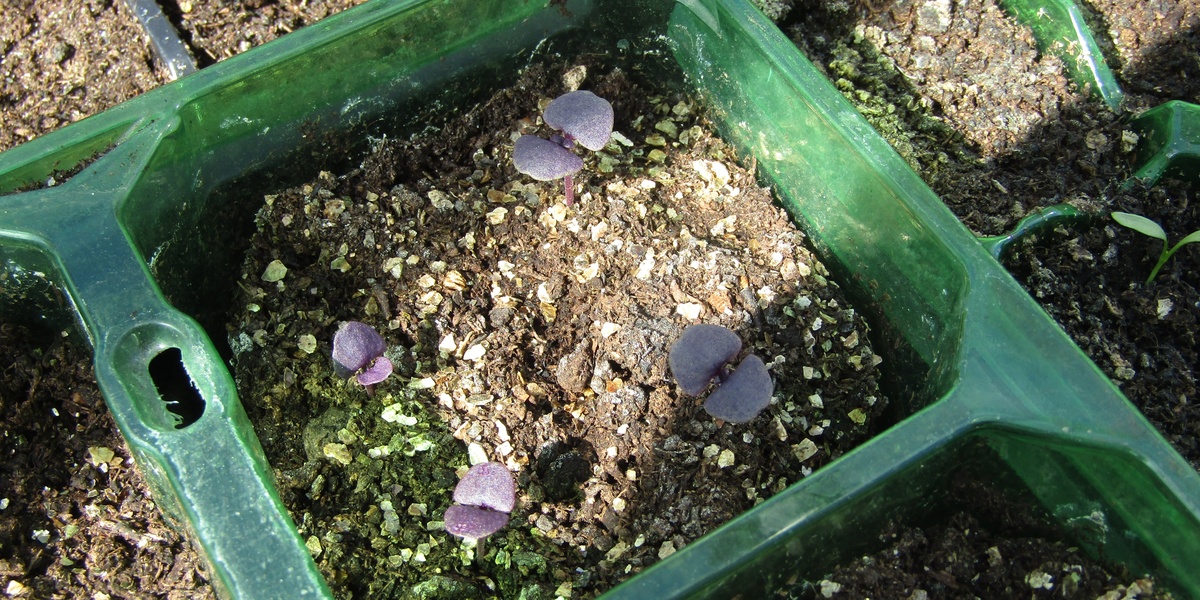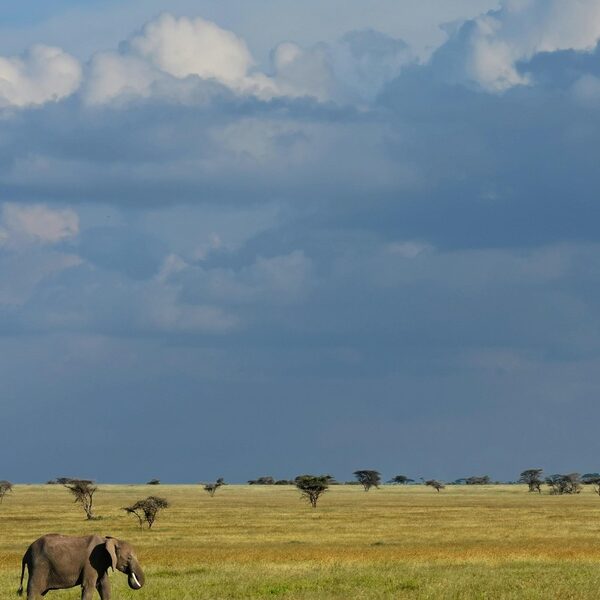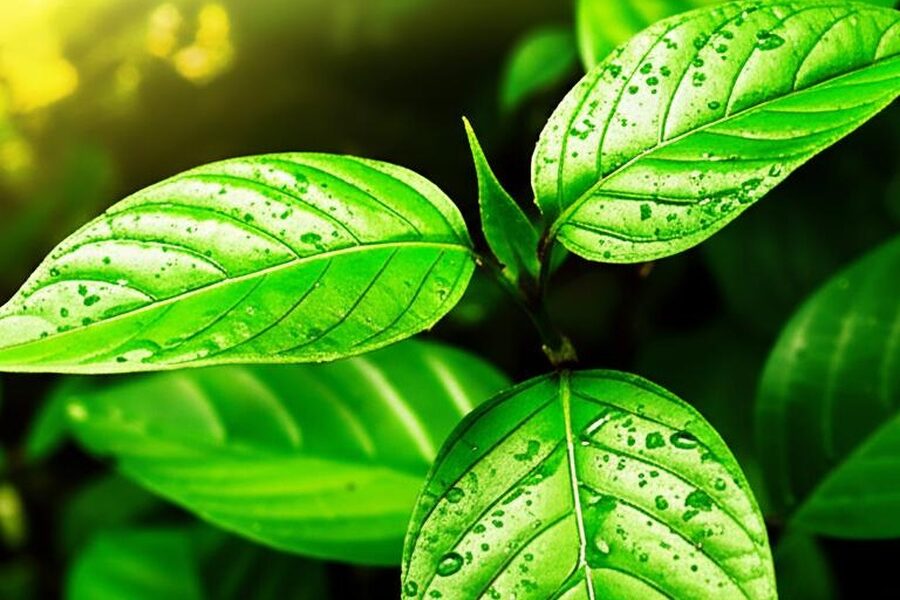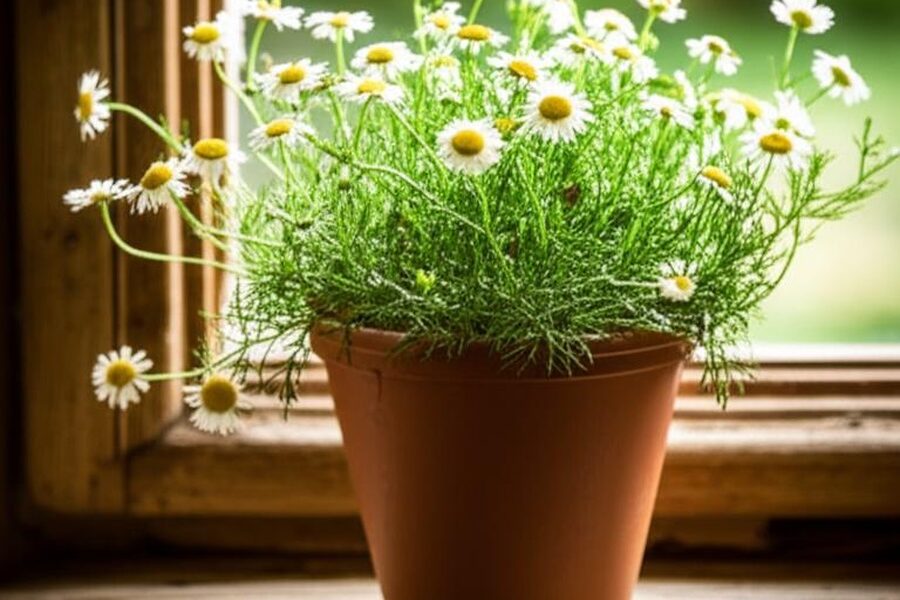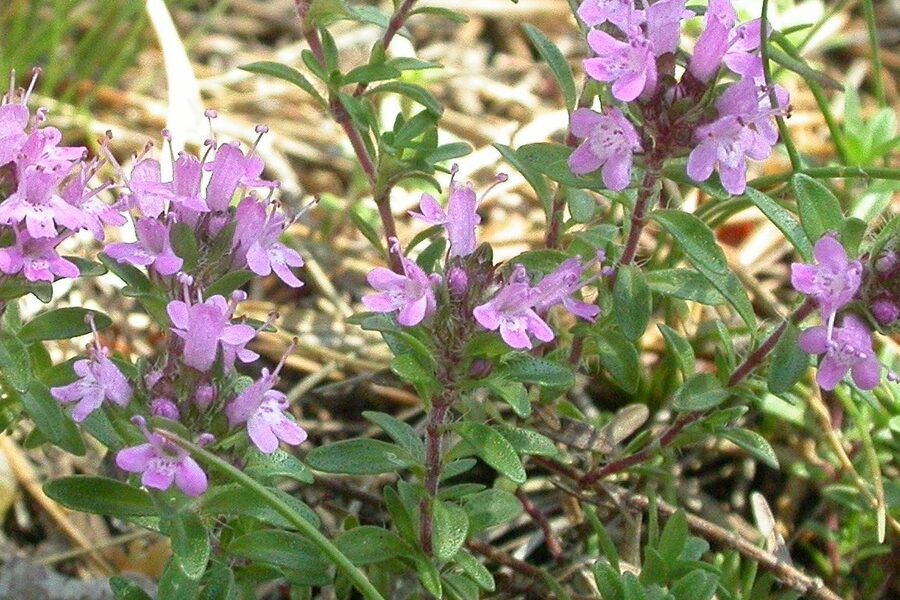From herb borders to sunny windowsills, plants bring color, scent and flavor to gardens, patios and kitchen counters. Whether you grow for pollinators or the dinner plate, a palette of leafy, flowering herbs makes small spaces feel curated and useful.
There are 32 colorful herbs, ranging from Anise hyssop to Wild bergamot. For each, the entries are organized as Scientific name,Color(s),Primary use so you can compare at a glance — you’ll find below.
How can I use these colorful herbs in both the garden and the kitchen?
Choose herbs that serve dual purposes: pick those with edible flowers or fragrant leaves (for example, use petals in salads or teas), plant tall bloomers at the back for pollinators, and keep compact varieties in pots for easy snipping; many entries below note culinary uses and planting tips to guide placement and harvest timing.
Which colorful herbs are easiest for beginners to grow?
Look for hardy, low-maintenance species like mint relatives, lemon balm, and chives—start in well-draining soil, give regular light and moderate water, and consult the Scientific name,Color(s),Primary use entries below to match plant habits to your space.
Colorful Herbs
| Name | Scientific name | Color(s) | Primary use |
|---|---|---|---|
| Purple basil | Ocimum basilicum (cultivar ‘Purpurascens’) | Deep purple foliage and stems; purple flowers | Culinary, ornamental |
| Thai basil | Ocimum basilicum var. thyrsiflora | Purple stems; mauve flowers; dark green leaves with purple veins | Culinary (Asian), ornamental |
| Holy basil (Tulsi) | Ocimum tenuiflorum | Green to reddish-purple leaves and stems; white/purple flowers | Medicinal, culinary, aromatic |
| Purple shiso (Perilla) | Perilla frutescens var. crispa | Deep burgundy to purple foliage | Culinary (Asian), ornamental |
| Variegated sage (‘Tricolor’) | Salvia officinalis ‘Tricolor’ | Pink, cream, and green variegated foliage; purple flowers | Culinary, ornamental |
| Purple sage | Salvia officinalis ‘Purpurascens’ | Purple-tinged leaves and stems; purple flowers | Culinary, ornamental |
| Golden oregano | Origanum vulgare ‘Aureum’ | Golden-yellow variegated foliage; pinkish flowers | Culinary, ornamental, pollinator plant |
| Variegated thyme | Thymus x citriodorus ‘Variegata’ | Cream-edged green foliage; pink flowers | Culinary, ornamental, groundcover |
| Silver thyme (‘Silver Queen’) | Thymus x citriodorus ‘Silver Queen’ | Silvery-green variegated foliage; lilac flowers | Culinary, ornamental, aromatic |
| Creeping thyme (flowering) | Thymus serpyllum | Purple/magenta flower mats; aromatic green foliage | Groundcover, culinary, pollinator plant |
| Chives | Allium schoenoprasum | Round lavender-purple flowerheads; grass-like foliage | Culinary, ornamental, pollinator plant |
| Garlic chives | Allium tuberosum | Flat white flower umbels; dark green strap-like leaves | Culinary, ornamental |
| Borage | Borago officinalis | Bright blue star-shaped flowers; fuzzy green foliage | Culinary, medicinal, pollinator plant |
| Bee balm (Monarda) | Monarda didyma | Red, pink, purple flower clusters; aromatic foliage | Medicinal, culinary (tea), pollinator plant |
| Wild bergamot | Monarda fistulosa | Lavender to pink flower clusters; gray-green foliage | Culinary (tea), medicinal, pollinator plant |
| Lavender | Lavandula angustifolia | Silvery foliage; purple-blue flower spikes | Aromatic, culinary, medicinal, ornamental |
| Rosemary | Salvia rosmarinus | Needle-like silvery-green leaves; blue flowers | Culinary, aromatic, ornamental |
| Purple fennel | Foeniculum vulgare ‘Purpureum’ | Bronze to deep purple feathery foliage and seeds | Culinary, ornamental |
| Common fennel (flowering) | Foeniculum vulgare | Golden-yellow umbel flower clusters; feathery green foliage | Culinary, medicinal, pollinator plant |
| Dill | Anethum graveolens | Flat, yellow umbel flowers; feathery blue-green foliage | Culinary, medicinal, pollinator plant |
| Chamomile | Matricaria chamomilla | Small white ray flowers with yellow centers | Medicinal (tea), aromatic, ornamental |
| Anise hyssop | Agastache foeniculum | Spikes of violet-blue flowers; aromatic gray-green leaves | Culinary (tea), medicinal, pollinator plant |
| Hyssop | Hyssopus officinalis | Deep blue to violet flower spikes; aromatic green foliage | Culinary, medicinal, ornamental |
| Catnip | Nepeta cataria | Lavender to pale purple tubular flowers; gray-green leaves | Medicinal, aromatic, pollinator plant |
| Calendula | Calendula officinalis | Bright orange to yellow daisy-like flowers | Culinary, medicinal, ornamental |
| Nasturtium | Tropaeolum majus | Bold orange, red, yellow flowers; round green leaves sometimes variegated | Culinary, ornamental |
| Scented geranium (rose geranium) | Pelargonium graveolens | Variegated or colored fragrant foliage; pink flowers | Aromatic, culinary (flavoring), ornamental |
| Red-veined sorrel (bloody dock) | Rumex sanguineus | Green leaves with striking red veins; red-tinged stems | Culinary (salads), ornamental |
| Sweet violet | Viola odorata | Purple to blue fragrant flowers; heart-shaped green leaves | Culinary (candied flowers), medicinal, ornamental |
| Variegated mint | Mentha x piperita ‘Variegata’ | Green leaves edged with cream or white; sometimes purple stems | Culinary, aromatic, medicinal |
| Chocolate mint | Mentha × piperita ‘Chocolate’ | Dark bronze-green leaves; purple-tinged stems and flowers | Culinary, aromatic |
| Valerian | Valeriana officinalis | Clusters of fragrant white to pale pink flowers; green foliage | Medicinal (sedative), ornamental |
Images and Descriptions
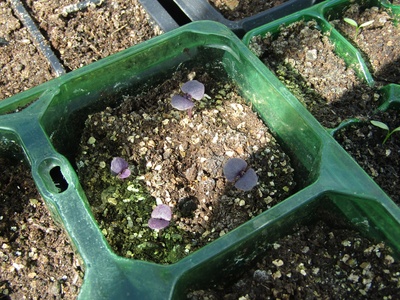
Purple basil
Tender annual grown in beds or containers in zones 10-11 (as perennial in warm zones). Notable for dramatic purple leaves and edible flowers; needs full sun and regular watering, pinch to promote bushy growth.
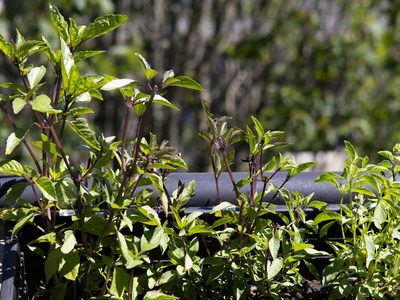
Thai basil
Warm-season annual/perennial in frost-free climates; prized for anise-clove aroma and purple stems/flowers. Grows best in full sun, rich soil, and consistent moisture; pinch flowers to extend leaf production.
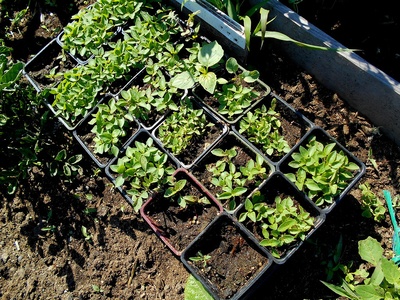
Holy basil (Tulsi)
Sacred herb grown in pots or garden beds in zones 9-11. Varieties show green or purplish foliage and fragrant blooms. Likes warm, sunny positions, well-drained soil, and regular harvesting for fresh leaves.
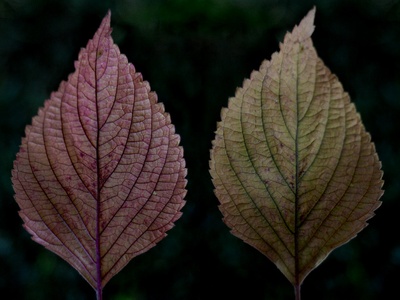
Purple shiso (Perilla)
Annual used across East Asian cuisines; striking purple leaves add color and flavor. Grows in full sun to part shade, tolerates containers, and prefers well-drained soil. Pinch to prevent seeding and encourage leaf growth.
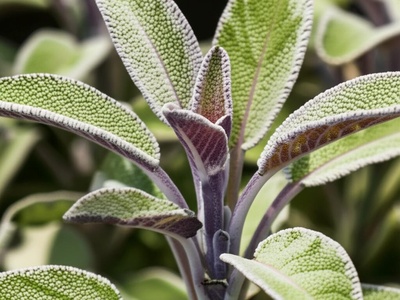
Variegated sage (‘Tricolor’)
Tender perennial in zones 7-10 grown for colorful leaves and aromatic use. Variegation and pink tones stand out in herb borders. Prefers full sun, gritty soil, and minimal water to avoid rot.
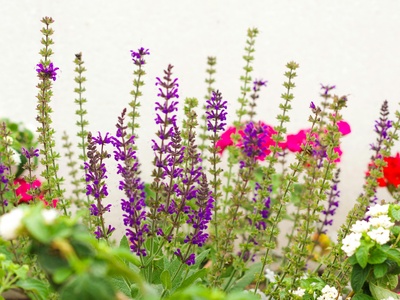
Purple sage
Hardy perennial in zones 5-9 with attractive purple foliage that contrasts in herb gardens. Needs full sun, well-drained soil, and light pruning after flowering to keep compact shape.
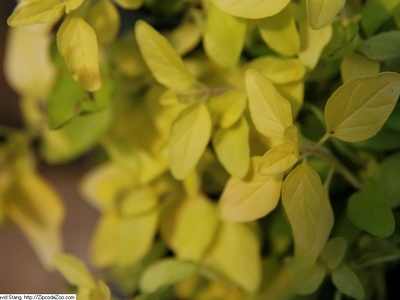
Golden oregano
Low-growing perennial in zones 5-9 valued for bright golden leaves and oregano flavor. Excellent in rock gardens or containers; needs full sun, good drainage, and light pruning to maintain color and shape.
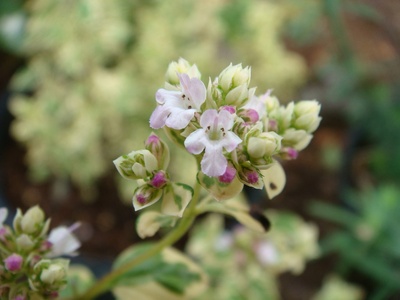
Variegated thyme
Compact perennial for zones 5-9 with decorative variegated leaves and lemon-scented foliage. Thrives in full sun, poor to average soil, and excellent drainage; drought-tolerant once established.
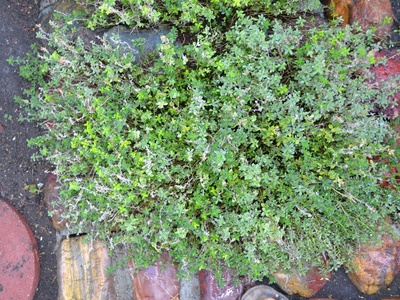
Silver thyme (‘Silver Queen’)
Low mound-forming thyme for borders and containers in zones 5-9. Noted for silvery leaf margins and strong lemon scent. Requires full sun, lean soil, and trimming after bloom to prevent woody growth.
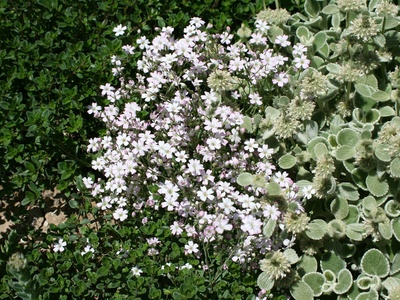
Creeping thyme (flowering)
Hardy groundcover in zones 4-9 that carpets with vivid purple blooms. Leaves are small but aromatic; excellent between pavers. Needs full sun and very well-drained soil; tolerates dry sites.
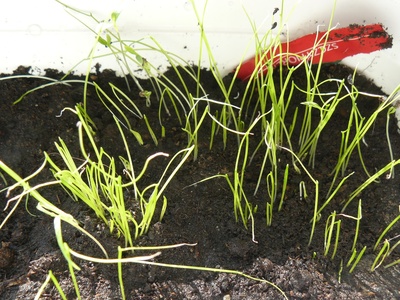
Chives
Perennial in zones 3-9 grown in beds or containers for oniony leaves and edible purple blooms. Flowers attract pollinators. Prefers full sun to light shade and moist, fertile soil; divide clumps every few years.
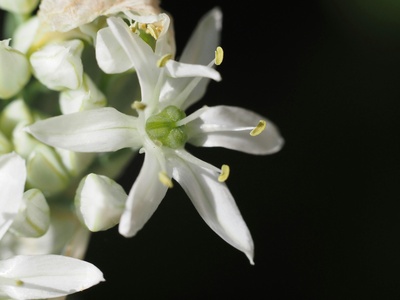
Garlic chives
Perennial in zones 4-9 used for mild garlic flavor and decorative white flower clusters. Tolerates full sun to part shade and prefers well-drained soil; cut flowering stalks for continued leaf production.
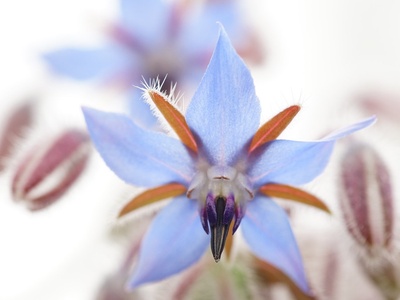
Borage
Annual or self-seeding herb for zones 3-10 valued for sky-blue edible flowers and cucumber-like leaves. Grows well in full sun and average soil; tolerate poor soils and reseeds readily.
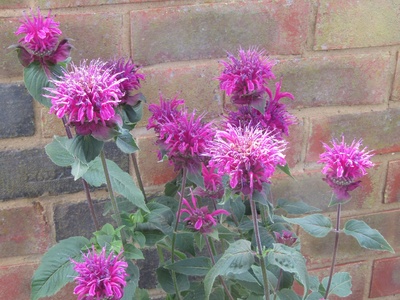
Bee balm (Monarda)
Perennial in zones 4-9 with showy flower heads that attract bees and hummingbirds. Leaves are aromatic and used for tea. Prefers full sun to part shade and moist, well-drained soil; space for air circulation.
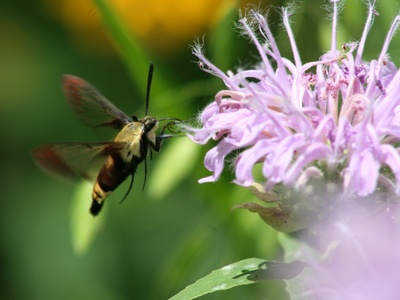
Wild bergamot
Hardy perennial in zones 4-9 with fragrant, tubular lavender flowers used in teas. Drought-tolerant once established; plant in full sun to part shade with good drainage.
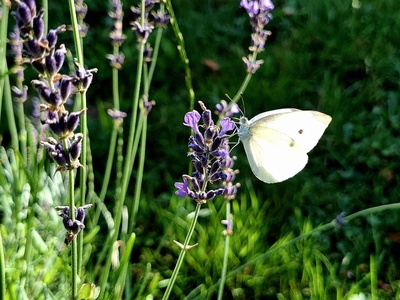
Lavender
Woody perennial/subshrub widely grown in zones 5-9 for fragrant flowers and gray-silver leaves. Excellent for borders and drying. Needs full sun, alkaline to neutral soil, and excellent drainage; prune after flowering.
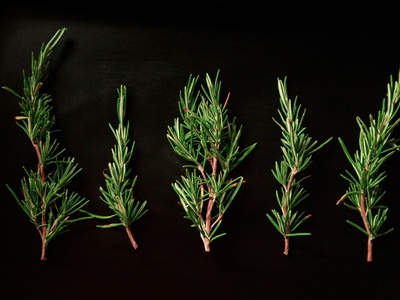
Rosemary
Woody perennial herb in warm zones or container-grown elsewhere. Blue flowers add seasonal color; evergreen foliage is aromatic. Requires full sun, well-drained soil, and minimal watering; protect from severe cold.
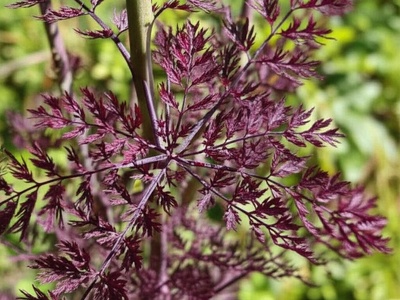
Purple fennel
Tender perennial/half-hardy herb grown for edible fronds and striking bronze-purple foliage in zones 7-10. Prefers full sun and fertile, well-drained soil; spacing important as it can self-seed.
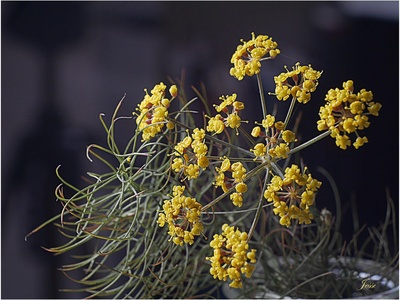
Common fennel (flowering)
Perennial in zones 4-10 used for seeds and fronds; showy yellow flower umbels in summer attract pollinators. Plant in full sun and well-drained soil; can self-seed aggressively.
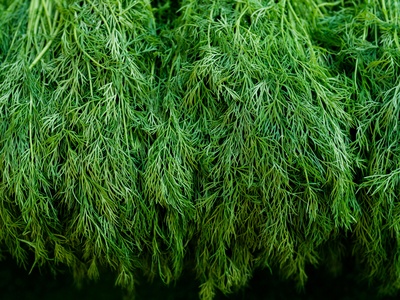
Dill
Annual herb for zones 2-11 with delicate foliage and umbrella-shaped yellow flowers used for seeds. Prefers full sun, quick-draining soil, and regular sowing for staggered harvests.
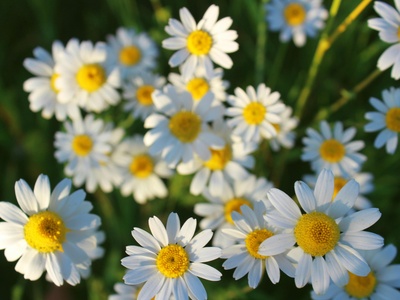
Chamomile
Easy annual or short-lived perennial in zones 3-9; prized for calming tea flowers. Grows in full sun to part shade in average, well-drained soil; deadhead for continued bloom.
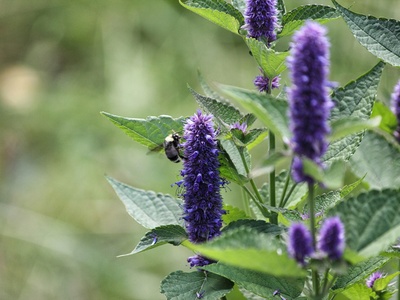
Anise hyssop
Perennial in zones 5-9 with tall purple-blue flower spikes and licorice-scented foliage. Excellent for borders and pollinators. Needs full sun, dry to medium soil, and good drainage.
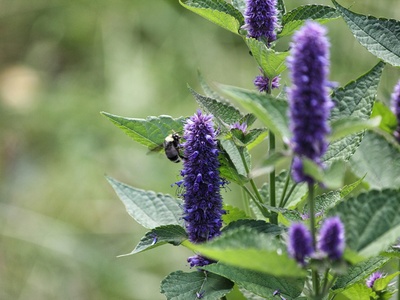
Hyssop
Perennial in zones 5-9 used historically as an herbal remedy and flavoring; notable blue flowers. Prefers full sun, alkaline, well-drained soil, and light pruning after blooms.
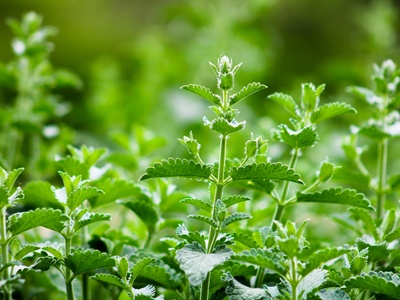
Catnip
Perennial in zones 3-8 valued for calming herbal use and moth-attracting blooms. Flowers are purple and attract pollinators. Grows best in full sun to part shade with well-drained soil.
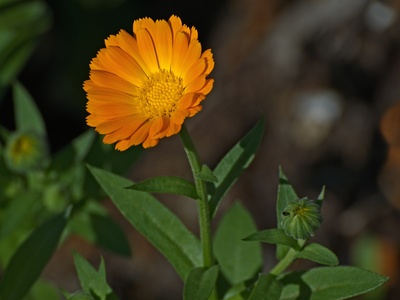
Calendula
Easy annual for zones 2-11; flowers are edible and used in salves. Prefers full sun to light shade and average, well-drained soil; deadhead to prolong flowering.
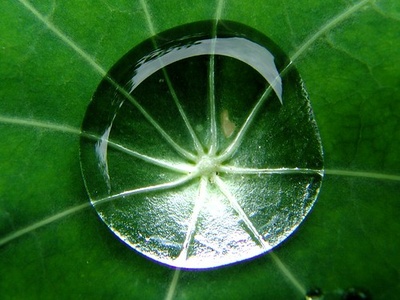
Nasturtium
Annual or tender perennial in zones 9-11; edible leaves and flowers add peppery flavor and strong color. Thrives in full sun to part shade with poor to average soil; avoid over-fertilizing to encourage blooms.
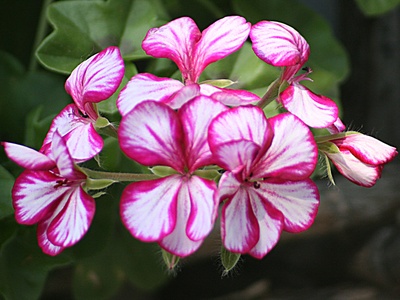
Scented geranium (rose geranium)
Tender perennial for containers or indoor wintering in zones 9-11. Leaves are scented and used for flavoring; many cultivars show variegation. Needs bright light, moderate watering, and good air circulation.
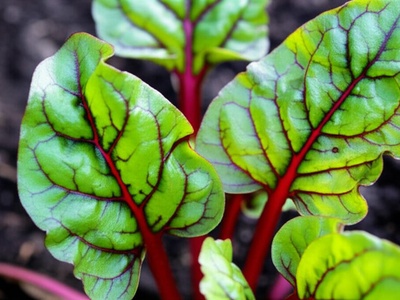
Red-veined sorrel (bloody dock)
Perennial or biennial in zones 4-8 often grown for tangy leaves and decorative red venation. Prefers part shade to full sun and moist, fertile soil; cut leaves to encourage fresh growth.
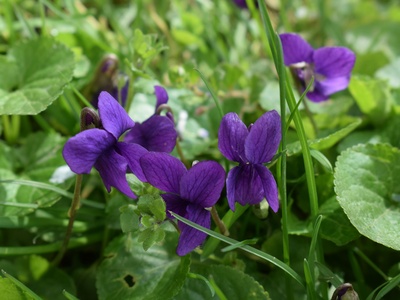
Sweet violet
Perennial groundcover in zones 4-9 valued for fragrant edible flowers and early spring color. Grows in part shade to full shade with moist, rich soil; divides well.
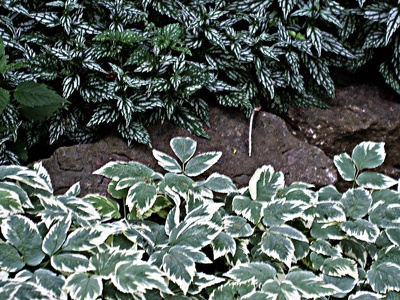
Variegated mint
Perennial for containers in zones 5-9 with decorative variegated leaves and mint flavor. Contain in pots to prevent spread; likes part sun, moist rich soil, and regular harvesting.
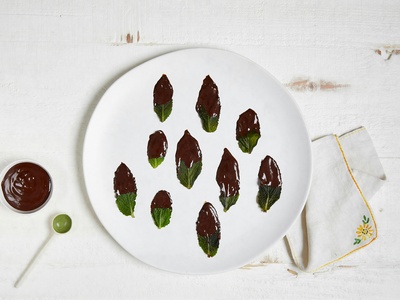
Chocolate mint
Perennial in zones 5-9 used for flavored teas and garnishes; leaves have chocolate-mint aroma and darker coloration. Best grown in containers or a confined bed, in part sun with consistent moisture.
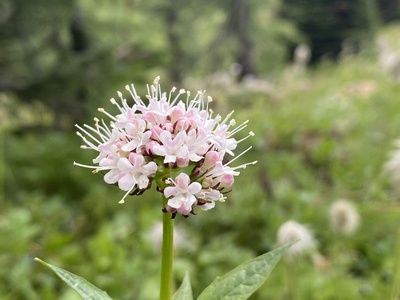
Valerian
Perennial in zones 4-8 grown for tall flowering cymes used medicinally. Flowers add summer interest; prefers full sun to part shade and moist, rich soil; cut back after bloom.
